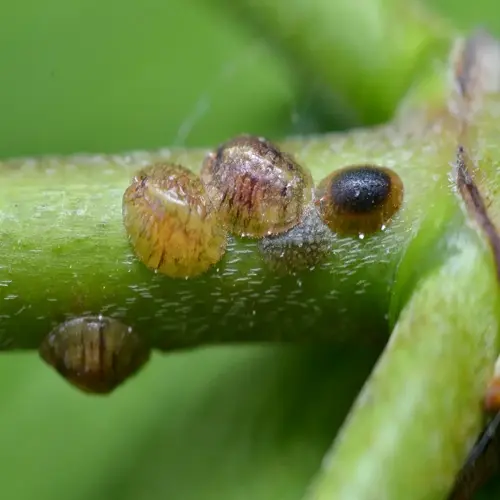When is the best time to propagate plants?

Written by
Liu Xiaohui
Reviewed by
Prof. Samuel Fitzgerald, Ph.D.Timing plays a crucial role in the success of propagation. Plants respond differently throughout the year. In spring, growth starts; in winter, things go dormant. I timed my propagation with this cycle before. You achieve better results by working with nature.
Springtime is an ideal time to take softwood cuttings, as it is during this period that new growth emerges with full vigor. Fresh new green shoots should be selected for cuttings of this nature. The cuttings are best taken early in the day. This is the time of year when I propagate roses and hydrangeas. The highest energy of the plant is absorbed for rooting.
Winter is an ideal time to take hardwood cuttings from dormant deciduous plants, such as grapevines. Select the properly ripened wood after the leaves have fallen and store it in a cool, dry place until spring arrives for planting. This is how I root my fig cuttings, which seem to work well this way. You are utilizing the plant's natural rest period.
Division flourishes in the cool transitional months; therefore, spring is when fall bloomers, such as asters, should be divided, and fall is when the spring bloomers, like peonies, should be divided. Don't divide in summer when heat stress is prevalent. I divide hostas in spring while there are cool showers about. By thus dividing, transplant shock is minimized because of moderate temperatures.
Spring Focus
- Softwood cuttings from new growth
- Division of fall-blooming perennials
- Seed starting for summer vegetables
Summer Care
- Semi-hardwood cuttings from woody herbs
- Air layering for tropical plants
- Avoid transplanting in extreme heat
Fall/Winter
- Hardwood cuttings during dormancy
- Division of spring-blooming plants
- Stratify seeds needing cold treatment
Microclimates can also influence timing. Coastal gardens often lengthen softwood cutting seasons. Mountains may shorten summers. Pay close attention to your plants. I change my schedule every year. You refine your timing through experience and local observations.
Avoid working on sensitive tasks during the hottest summer periods. The heat is stressful on freshly cuttings and divisions. The higher temperatures also require increased water and care. In these heated summer periods, I will switch to air layering. You continue to work without risking the health of the plant material in extreme times.
Calendar reminders serve the purpose of tracking cycles. They help size first and last frost dates; noting bloom times can give hints for division. I keep a garden journal. You consistently generate reliable patterns for successful propagation year after year.
Read the full article: 7 Essential Plant Propagation Techniques Explained

